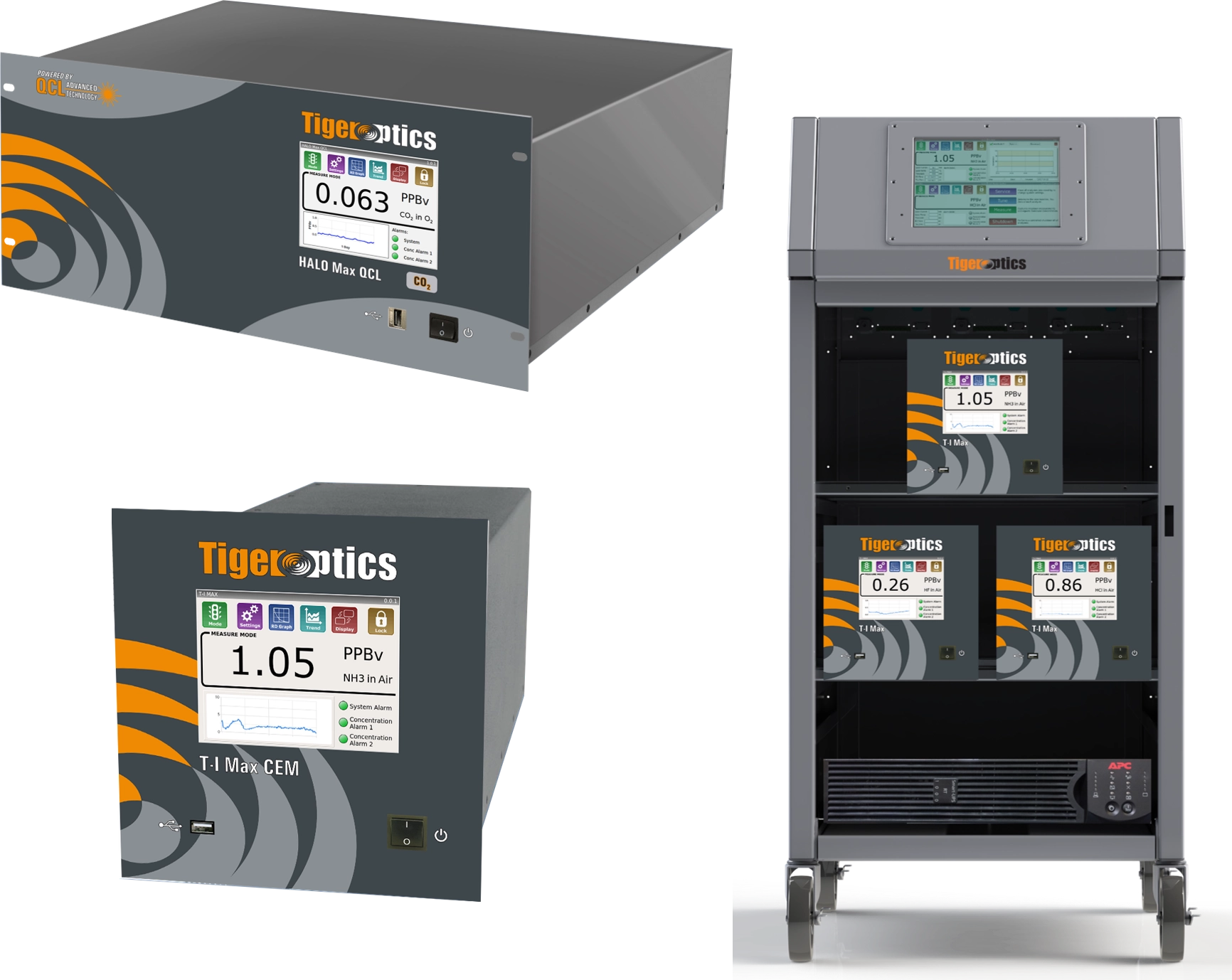Process Insights Tiger Optics Laser Gas Analyzers
Process Insights Tiger Optics Laser Gas Analyzers
Territory Instruments is the authorised Process Insights distributor in Australia for Tiger Optics laser-based gas analyzers and air monitors. We offer tailored quotes, expert calibration services, and fast nationwide delivery for ultra-precise gas analysis in demanding environments.
Browse Items

T-I Max AIR GHG ENVIRONMENTAL MONITOR
As an authorized Australian Process Insights distributor, we offer the T-I Max AIR GHG, a CRDS gas analyzer for real-time CO2, CH4, and H2O monitoring. Meets WMO standards with ppb precision for atmospheric greenhouse gas analysis. Contact us for a quote today!

High Purity Gas Analysis
As an authorized Australian Process Insights distributor, we offer TIGER OPTICS CRDS gas analyzers for detecting moisture and impurities in industrial, medical, and specialty gas streams. Using Cavity Ring-Down Spectroscopy, it ensures precise trace gas measurements. Contact us for a quote today!
Process Insights Tiger Optics Laser Gas Analyzers
Territory Instruments is the authorised Process Insights distributor in Australia for Tiger Optics laser-based gas analyzers and air monitors. We offer tailored quotes, expert calibration services, and fast nationwide delivery for ultra-precise gas analysis in demanding environments.
Browse Items

T-I Max AIR GHG ENVIRONMENTAL MONITOR
As an authorized Australian Process Insights distributor, we offer the T-I Max AIR GHG, a CRDS gas analyzer for real-time CO2, CH4, and H2O monitoring. Meets WMO standards with ppb precision for atmospheric greenhouse gas analysis. Contact us for a quote today!

High Purity Gas Analysis
As an authorized Australian Process Insights distributor, we offer TIGER OPTICS CRDS gas analyzers for detecting moisture and impurities in industrial, medical, and specialty gas streams. Using Cavity Ring-Down Spectroscopy, it ensures precise trace gas measurements. Contact us for a quote today!